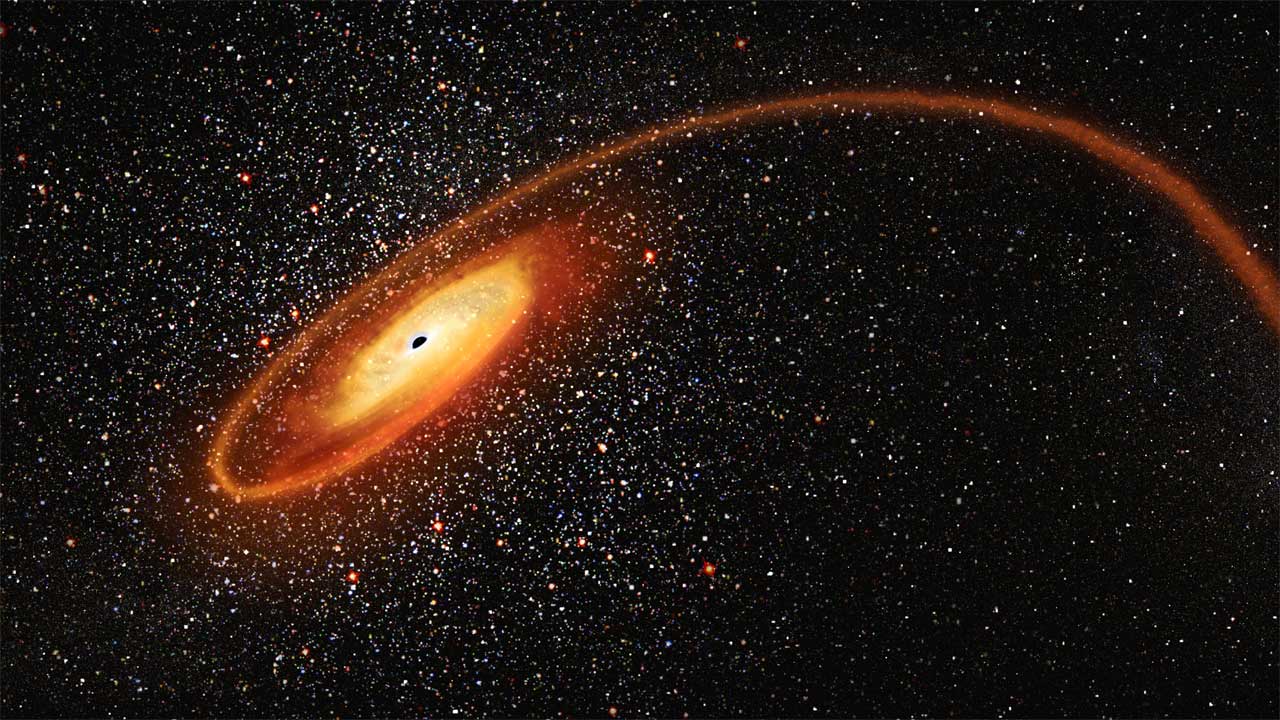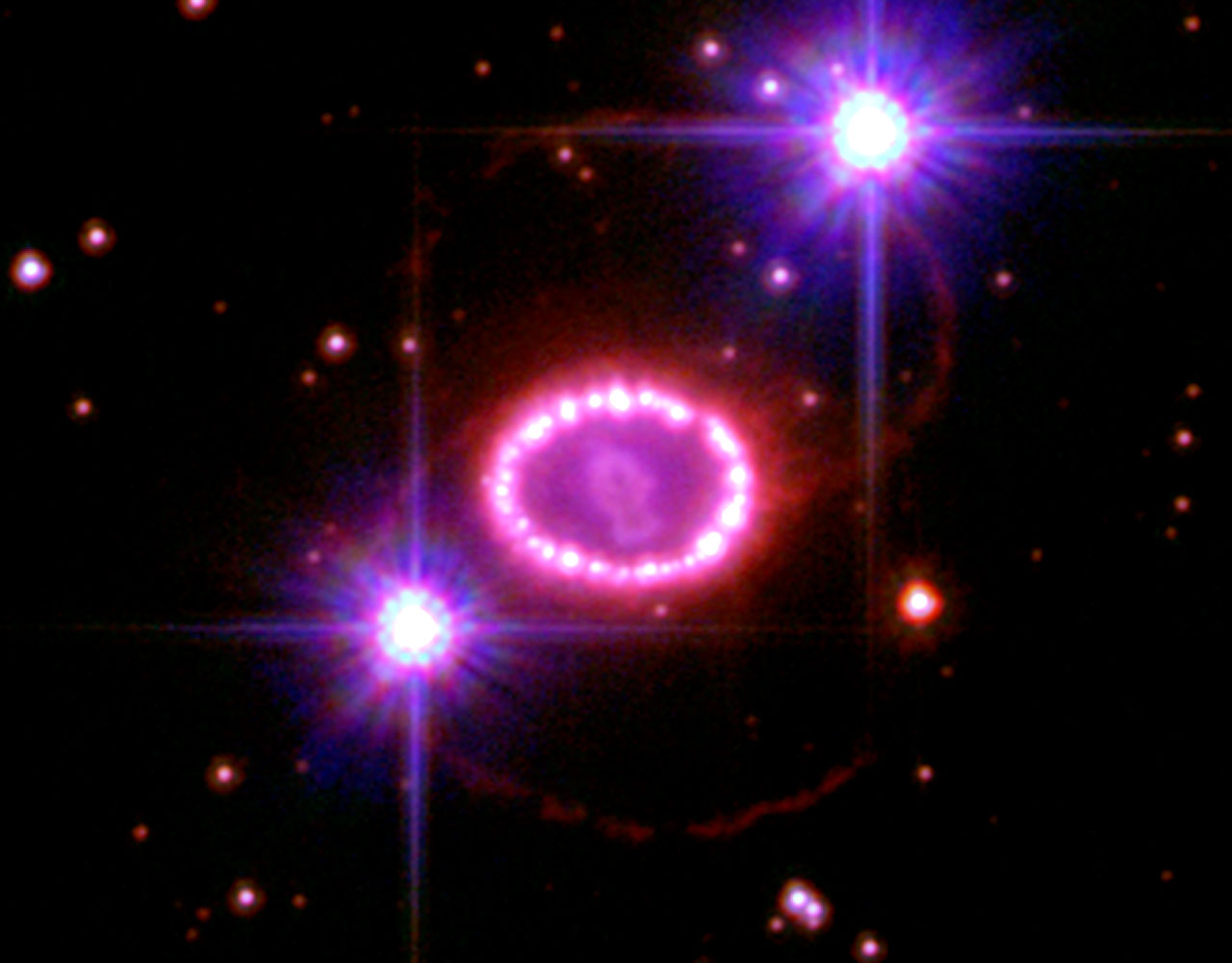Core-Collapse Supernovae (CCSNe)
The cores of massive stars (M$>$8 M$_\odot$) burn progressively heavier elements until reaching iron, at which point they experience core-collapse and explode as supernovae.
The violent explosions of these massive stars provide the necessary gas and perturbations to impact the next generation of stars and disperse the chemical elements necessary for life. Further, core-collapse supernovae (CCSNe) expel nuclear-processed materials which enrich the interstellar medium and drive galaxy evolution, making them vital to our understanding of the Universe’s past, present, and future. Both stellar and galactic evolutionary models rely on a precise understanding of the incredibly diverse population of CCSNe. This diversity is the result of differences in progenitor nature and environment, such as stellar mass, binarity, and the amount of residual stellar envelope at explosion. The effects of these differences can be understood by modeling the final stages of massive stars lives, the explosion, and the evolution of the supernovae. Proper testing of these theorical predictions requires observations of nearby supernovae within hours of explosion, when they provide clues about their progenitors and explosion processes. Nearby CCSNe offer the ideal testbed for studying the processes which shape the Universe.




